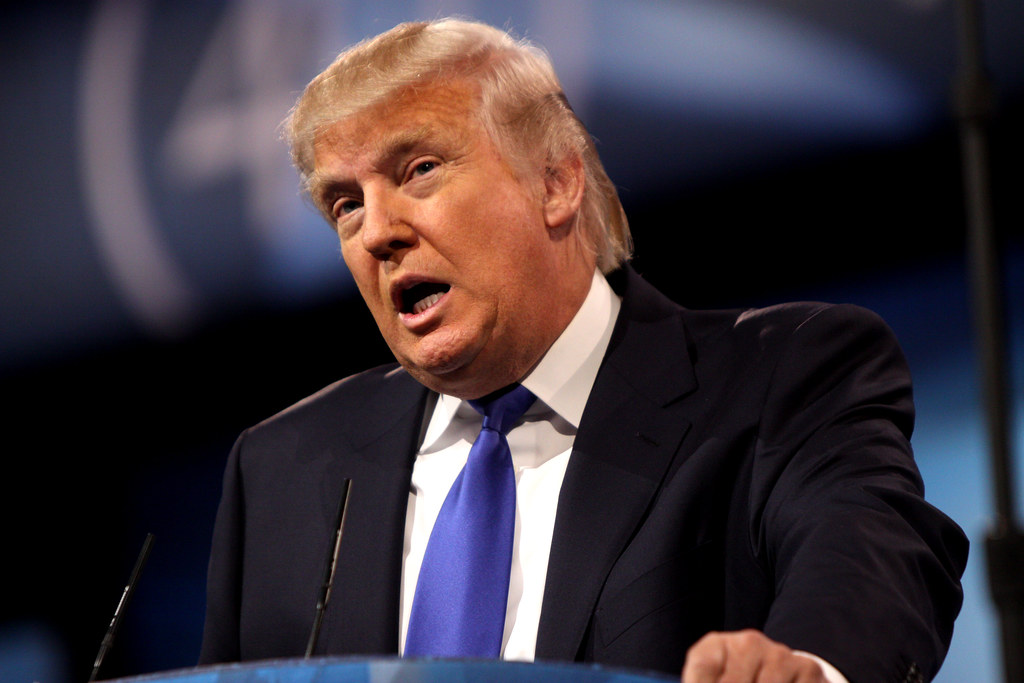Key Takeaways
- House Democratic Leader Hakeem Jeffries says President Trump is missing in action during the government shutdown.
- Senate Democrats demand talks on restoring expiring health care subsidies.
- Republicans refuse to negotiate unless Democrats vote to reopen the government.
- Trump redirected funds to an Argentina bailout and White House renovations.
- Shutdown halts pay for air traffic controllers, while troops receive funding.
- Experts warn millions could lose health coverage without renewed subsidies.
Why the Government Shutdown Stalls
What Jeffries Said
House Democratic Leader Hakeem Jeffries criticized President Trump for his role in the ongoing government shutdown. He insisted leaders should bring budget negotiators together. Instead, he charged, Trump found money to bail out Argentina’s right-wing government and to remodel the White House. Jeffries said the president is “missing in action” after 28 days of stalled services and closed offices.
Democrats Push for Health Subsidies
Senate Democrats want talks with Republican leaders to restore expiring subsidies under the Affordable Care Act. Without those funds, millions could lose health insurance. Moreover, many more might see soaring premiums. Democrats argue that health care must not be a bargaining chip. They call for immediate negotiations, even as the shutdown drags on.
Republicans Stand Firm
Republican leaders refuse to negotiate until Democrats agree to reopen the government. They say ending the shutdown first will set a better tone. However, Democrats counter that this demand blocks talks on important issues. In effect, both sides remain locked in place while federal agencies stay closed or run on backup funds.
Budget Battles and Bailouts
Jeffries highlighted the president’s choice to send forty billion dollars to Argentina while shutting down parts of the U.S. government. In addition, he noted the White House renovation to build a ballroom fit for a celebration. These moves, Jeffries said, show skewed priorities. He argued the shutdown hurts hardworking Americans more than any foreign leader or luxury project.
Pay Woes for Air Traffic Controllers
Meanwhile, the shutdown has hobbled the Federal Aviation Administration’s payroll. Transportation Secretary Sean Duffy looked for funds to keep air traffic controllers on the job. He found little leeway in the FAA budget. Controllers now work without paychecks or guaranteed back pay. That situation raises safety concerns and adds stress to a critical service.
Troops Keep Getting Paid
At the same time, the administration found a way to resume pay for active military members. Vice President JD Vance told reporters that the White House arranged funding to protect soldiers’ salaries. This move starkly contrasts with the refusal to fund other workers. Bobby Kogan of the Center for American Progress called it “illegal refusal” for some and “illegal payment” for others, depending on political interest.
Cost to American Families
As the government shutdown continues, families face real harm. Without health subsidies, many struggle to pay premiums. Others rely on food assistance programs that could see delays or cuts. In addition, federal employees and contractors can’t pay rent or mortgages on time. Small businesses that serve government offices lose customers and revenue.
Public Frustration Grows
Polls show that most Americans blame political leaders rather than each other. They want a swift deal to reopen offices and restore benefits. Citizens voice anger over partisan standoffs that stall services. With federal parks shuttered and loans held up, people wonder why leaders can’t find common ground.
What Comes Next
Both parties face pressure to end the government shutdown soon. Democrats demand meaningful talks on health care and budgets. Republicans insist on a vote to reopen first. The standoff could last until one side yields. Alternatively, outside events might force a compromise. Either way, delay only deepens the economic and social damage already underway.
Transitioning to a resolution will require leaders to negotiate in good faith. First, they could reconvene budget committees to hammer out a spending plan. Second, they might separate noncontroversial issues from hot-button policy fights. Third, they could set a clear timeline to avoid open-ended closures. Without these steps, the government shutdown will drag on, costing more in dollars and trust.
FAQs
What triggered this latest government shutdown?
The shutdown began when leaders failed to agree on a budget and policy changes by the funding deadline. Key disputes include health care subsidies and border security measures.
How does the shutdown affect federal workers?
Many federal employees face delayed pay or furloughs. Essential workers may work without immediate pay, while contractors often lose hours entirely.
Why are air traffic controllers unpaid during the shutdown?
The FAA’s budget has little flexibility. After funding expired, controllers stayed on duty but without new appropriations to cover their salaries.
Can the president redirect money during a shutdown?
The president can request alternative spending under some laws. However, redirecting funds often faces legal challenges and political backlash.
What could end the government shutdown?
A compromise spending bill or separate agreements on key issues, like health care subsidies, could reopen the government. Both parties must agree on terms to restore funding.

